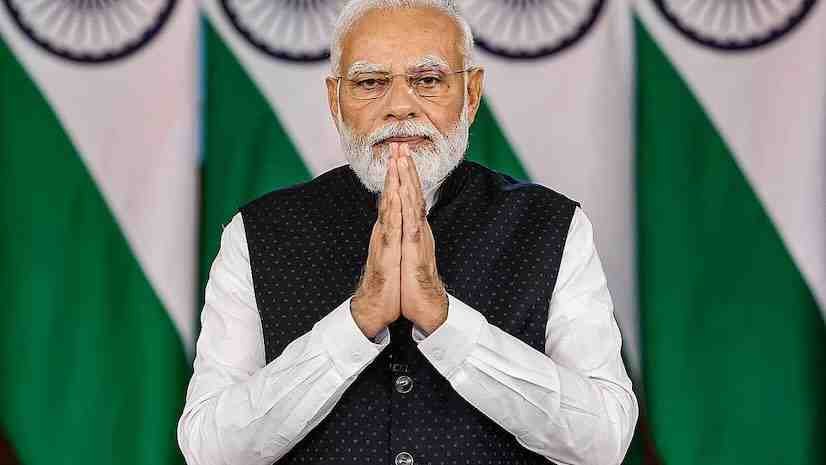New Delhi: Prime Minister Narendra Modi will deliver an address to the nation at 5 pm today, according to top government sources. While officials have not disclosed the precise subject of the address, the timing has sparked wide speculation. The speech comes just a day before the implementation of the Goods and Services Tax (GST) 2.0 reforms, which has led many to believe that the new tax regime may be at the heart of the announcement.
A Significant Timing
The Prime Minister’s address coincides with the eve of a major fiscal overhaul. Starting tomorrow, GST 2.0 reforms will come into effect, simplifying India’s indirect tax structure by reducing the number of slabs and cutting rates on a wide range of essential and consumer goods. The reforms are designed to stimulate consumption ahead of the festive season, beginning with Navratri, and are being positioned as one of the most important economic measures of the year.
At the same time, other issues could also be on the Prime Minister’s radar. The United States’ recent move to tighten its H-1B visa regime, a development that could impact thousands of Indian IT professionals working there, is another possible subject of discussion. Additionally, India’s ongoing trade dispute with Washington, including retaliatory tariffs, is a factor that cannot be ruled out.
Modi’s Past Landmark Addresses
Since taking office in 2014, Prime Minister Modi has frequently used national addresses to announce transformative policy measures or respond to crises. On November 8, 2016, he startled the nation by declaring the demonetisation of ₹500 and ₹1,000 notes. In March 2019, he informed citizens about the Balakot airstrikes, carried out after the Pulwama terror attack.
During the Covid-19 pandemic, his speeches shaped national policy. On March 24, 2020, Modi announced a three-week nationwide lockdown, followed by further addresses on April 14 and May 2020 to extend and subsequently ease restrictions. His most recent address was on May 12, 2025, when he briefed the country on Operation Sindoor, India’s military response following a terror attack in Pahalgam.
These precedents underline why today’s announcement is being closely watched: Modi has traditionally reserved national addresses for significant policy moves.
GST 2.0: What Changes for Consumers
If the speculation proves correct, GST 2.0 reforms will be the most extensive revision of India’s indirect tax system since its launch in 2017. The overhaul replaces the existing four tax slabs of 5, 12, 18 and 28 per cent with just two broad slabs of 5 and 18 per cent, while luxury goods will fall into a newly created 40 per cent category.
The government has said that this rationalisation will not only make the tax system simpler but also reduce the burden on consumers. Everyday essentials such as ghee, paneer, coffee, ketchup and several packaged food items will see price drops. Key sectors like electronics and medicines are also expected to benefit, putting more disposable income in the hands of consumers.
Automobiles are among the biggest winners. With GST rates on cars lowered, major manufacturers have already announced new price cuts. For many, the timing is especially welcome, as the festive buying season traditionally peaks during Dhanteras and Diwali. Analysts predict a sharp rise in demand for cars and two-wheelers in the coming weeks.
Economic and Political Stakes
The rollout of GST 2.0 carries both economic and political significance. The move is expected to boost consumption and help revive demand at a time when global economic uncertainties are weighing on growth. For the government, it represents an opportunity to highlight pro-people reforms that directly ease the cost of living.
At the same time, simplification of tax slabs has been a long-standing demand from industry and trade bodies. By reducing complexity, the government hopes to improve compliance, lower disputes, and strengthen the perception of India as a business-friendly economy.
What to Expect at 5 PM
While GST 2.0 remains the frontrunner for today’s announcement, the Prime Minister may also use the occasion to touch upon broader economic challenges. With India’s IT sector concerned about the US visa crackdown and the ongoing tariff tensions with Washington, Modi could address these issues to reassure both professionals and businesses.
Until the official speech, speculation will continue. But if past addresses are any indication, today’s message from the Prime Minister is likely to carry significant policy implications. Citizens and businesses alike are expected to tune in with high anticipation at 5 pm.








